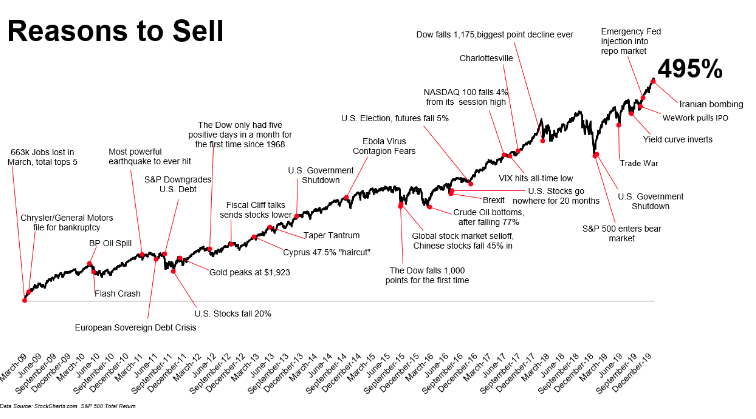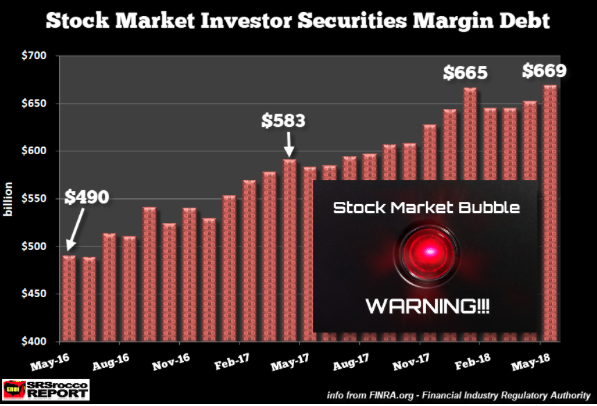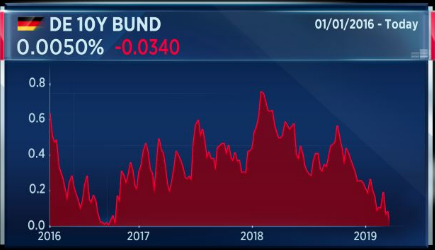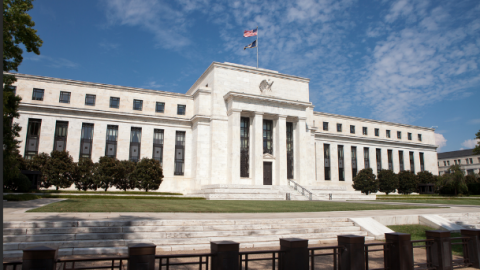A boom or bust for the economy and markets?
Risky assets will continue to benefit
Our top 10 takeaways follow:
1. US growth is entering a boom period with positive spillovers. J.P. Morgan’s Economics Research team estimates US growth will reach 9.5% in 2Q and 8.3% in 3Q before trending down to 6.3% for the year as a whole. Positive spillovers from US imports and a boom of the US economy from financial markets is a positive for the rest of the world, notwithstanding rising interest rates and possibly upward pressure on the dollar. Although vaccine distribution has been uneven across the world, the impending tidal wave of vaccine supply due to a ramp up in production in the next 3-6 months should improve prospects for growth in the rest of the world.
2. The recovery from the pandemic is vastly different from the scarring that took place after the 2008-2009 Global Financial Crisis (GFC) as both the US and China will close the output gap and will likely to be operating above full employment by the end of 2022. J.P. Morgan’s Economics Research team sees the US unemployment rate reaching 4.5% by year end which is vastly different to a similar point after the GFC where US unemployment was around 9.5%. This time around, the Fed and other central banks will likely remain firmly on hold in raising rates. Another important difference is that the US does not have an overhang of spending and durables, particularly in housing like in the GFC. Instead, there is tailwind from the improvement in household balance sheets where excess savings has been building up. However, emerging markets will bear the brunt of the scarring. Slow vaccination rates and limited fiscal space place EM (ex-China) around 4% below its pre-pandemic growth path.
3. The staggered global economic recovery – led by China last year, moving to the US now, with Europe to come later this year – supports the market recovery and risky assets will continue to benefit. The scenario for the global environment remains favorable for risky assets backed by above-trend global GDP growth, continued policy support and progress on vaccination and re-opening of economies. It is a blessing in disguise that the global recovery is not synchronized as the staggered rally has prevented broad-based asset bubbles. A synchronized recovery could have meant a likely overshooting of US treasury yields which would have negative implications for valuations of risky asset classes, specifically for equity multiples. Positioning in risky assets remains below average in a historical context as markets are coming off a record year in market volatility with the VIX recording its highest level in March 2020 that caused broad de-risking across markets. J.P. Morgan’s Equity Strategy Research team expects volatility to decline this year which will contribute to systematic investors’ overall positioning moving higher not just in equity but in other risky assets such as commodities and emerging markets. We continue to favor cyclical sectors and believe that the energy sector remains attractive. While there is a lot of talk about asset bubbles, it is hard to see one in the broad equity market, but certain segments that have more than tripled in price over a short period of time are likely experiencing bubbles, such as innovative ESG sectors like clean energy, solar energy and Electric Vehicles, along with crypto assets and SPACs.
4. Fear of rising inflation is here to stay and the run rate for headline inflation will increase, but delivered inflation continues to lag, and we do not see a regime shift in actual inflation performance. While markets could continue to test the Fed’s resolve, the messaging will remain clear that the Fed will tolerate an inflation overshoot, and its guidance for liftoff, rate normalization is likely off the table at least through 2022. We have not changed our forecast that the first Fed hike will not occur until early 2024. The recent pickup in headline inflation rates were due largely to jumps in energy prices. While business surveys could signal higher inflation to come, the relationship between the survey price data and future inflation changes generally has been weak.
5. The Biden administration will remain focused on super charging the economy before mid-term elections in 2022 with further spending to be pursued, with passage of the infrastructure bill likely to occur by end-September using budget reconciliation even if tax increases are not approved. Democrats’ ability to control the Senate and the composition of the House could flip in 2022, and they are looking to take advantage of the current wave of support generated after the passing of the latest stimulus package and rapidly expanding vaccine eligibility to go as big as they can on an infrastructure package. Republicans are also feeling more confident in their standing as picking up seats in the House was unexpected. The outlook for the Senate is more uncertain due to the three pending retirements of Republican senators Roy Blunt (Missouri), Rob Portman (Ohio) and Pat Toomey (Pennsylvania). While Speaker of the House Nancy Pelosi has stated that she would like to see passage of the infrastructure package before the August recess, the hard deadline is likely mid-to-late September. This coincides with the September expiration of the surface transportation legislation known as the FAST Act, as well as the expiration of expanded unemployment benefits from the American Rescue Plan and the July 31 debt ceiling, which all act as deadlines for Congressional action.
6. The recent ruling by the US Senate’s parliamentarian to budget reconciliation procedures have the potential to be a “revolution” in the Senate. The budget reconciliation process allows for a bill to pass Congress with only 51 votes in the Senate, or 50 votes with the vice president casting the tie-breaking vote. The new ruling means that budget reconciliation is no longer limited to one vote within the fiscal year as revisions of prior budget measures can be proposed, with no limit on the number of revisions. The implications of this ruling could mean that Democrats could try and pass much of the infrastructure bill, especially the parts pertaining to social equity, through budget reconciliation. (However, Democratic Senators, such as Joe Manchin, have expressed their reservations on using budget reconciliation again this year.)
7. The possibility of gaining approval to raise the corporate tax rate to 28% is highly unlikely to pass with an increase in the 22-24% range more likely. During the Trump administration, the corporate tax rate in the US was reduced from 35% to the current rate of 21%. The Biden administration has proposed raising the corporate tax rate to 28% and increase the international minimum tax rate that US companies pay on their foreign profits to 21%. The debate on corporate taxes is not a binary choice between 21% vs. 28%. Speakers cautioned that the US corporate tax rate needs to remain globally competitive and that the relative rate is what matters. Including the average 5% tax rate at the state-level raises the US corporate tax to 26%, which is “in the middle of the pack” as the average corporate tax rate for an OECD country is 24%. If the US corporate tax is raised to 28%, it effectively increases to 33% including state taxes, which is a higher rate than China or Scandinavian countries. This week, Treasury Secretary Yellen made the case for a global minimum corporate tax to address the global competitiveness issue and “avoid a race to the bottom.” The discussion on tax increases is separate from proposals to increase spending. There is no decision about how much of the infrastructure proposal needs to be paid for, or with what specific tax policy change. Nor is there a unified tax agenda and taxes will likely only be raised as much as they need to be raised. Wealth taxes are unlikely to be approved. A reversal of the state and local tax (SALT) cap, which currently hits high income earners the most, will not only be optically unappealing, it is expensive to replace and its expiration date at the end of 2025 makes it less open to debate than other measures. With slim majorities in the Senate and House, Democrats cannot afford to lose a single vote in the Senate and 3-4 votes in the House (though the House number changes daily) and many Democrats will still be hesitant to raise taxes before the 2022 election, when control of both the House and Senate is in play.
8. Markets will remain focused on the risk of a disorderly rise is US bond yields as the projected $3.8trn budget deficit will require $3trn in net new US Treasury supply with ongoing concerns on whether flows will be absorbed smoothly. We look for higher yields and a steeper curve beyond the 2-year point, and our US Treasury team forecasts the 10-year yield at 1.95% at year-end. Bearish positions are focused on the 7- and 20-year points on the curve that have lacked sponsorship. Discussions on implications of the expiration of the supplementary leverage ratio (SLR) carve-out are ongoing but unresolved, with some calls by former Fed officials to at least exempt the incremental reserves that have accumulated since it began its latest securities purchase program in March 2020 as GSIB banks are among the largest buyers of US Treasuries.
9. Credit markets have been immune to higher rates, equity and commodities volatility in large part due to positive technicals. While investors remain undecided between whether or not reflation will prove orderly or disorderly, issuance trends seem to reflect a much stronger statement by companies on credit market conditions going forward. Credit markets have been supported by the macroeconomic ‘sugar rush’ associated with the new Biden administration’s spending plans, and US Treasury yields have duly reacted to the specter of inflation. This debate might be entering a new phase, however. The new executive is set to unveil a program of tax increases to pay for its $2trn infrastructure spending plans, which might influence expectations of how quickly said sugar rush might fade. However, the stickiness of secondary market spreads continues to reflect underlying positioning, which does not appear excessively levered or complex. All-in funding costs have likely bottomed and companies are refinancing ‒ especially in loans ‒ and companies unencumbering assets pledged as part of rescue-financing packages last year.
10. Despite the volatility and underperformance of EM FX and local markets, which could persist with the ongoing rise in US rates, EM credit valuations are attractive. EM credit valuations are attractive and cross-over and high grade investors have been gravitating to holding barbell positions in US and EM credit given attractive pickup (as much as 100bp in yield over US HY) and the low EM HY corporate default rate (JPM 2021F: 2.5%), which is expected around the levels of US HY (2.0%). EM equities haven’t appreciated much over the past decade, and rising 10-year US treasury yields has predominantly been associated with positive absolute returns for EM equities but underperformance to DM equities. Our EM equity strategists have looked back 11 years (since the GFC) and identified periods where the US 10-year yield increased by more than 50bps. During these periods, there was a median USD+3.4% EM equity gain. EM equities produced negative results in only 2 of 8 periods (25%) (See Rising US yield: more friend than foe to EM equities, Pedro Martin Junior, 7 April 2021). US-China tensions will remain in the headlines, but both the US and China have focused on domestic issues rather than each other in recent months. The Biden administration has embraced a multilateral approach to discussions with China, focusing on working with allies and international institutions, and the first meetings have included Japan, Korea and the European Union.









